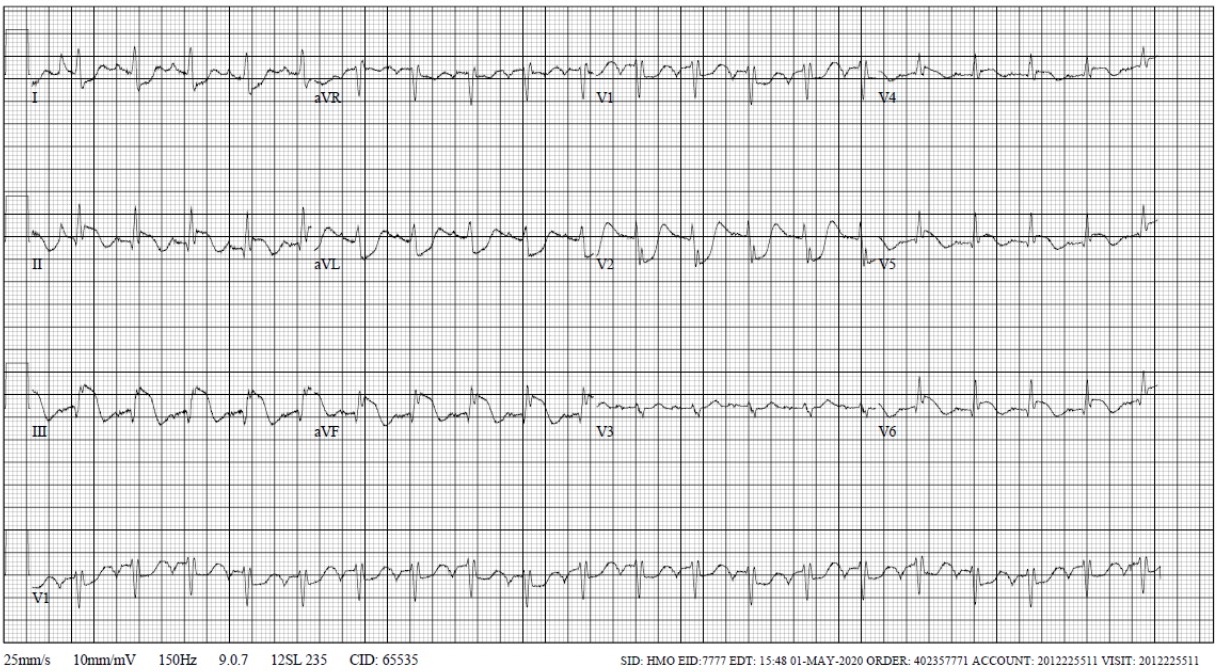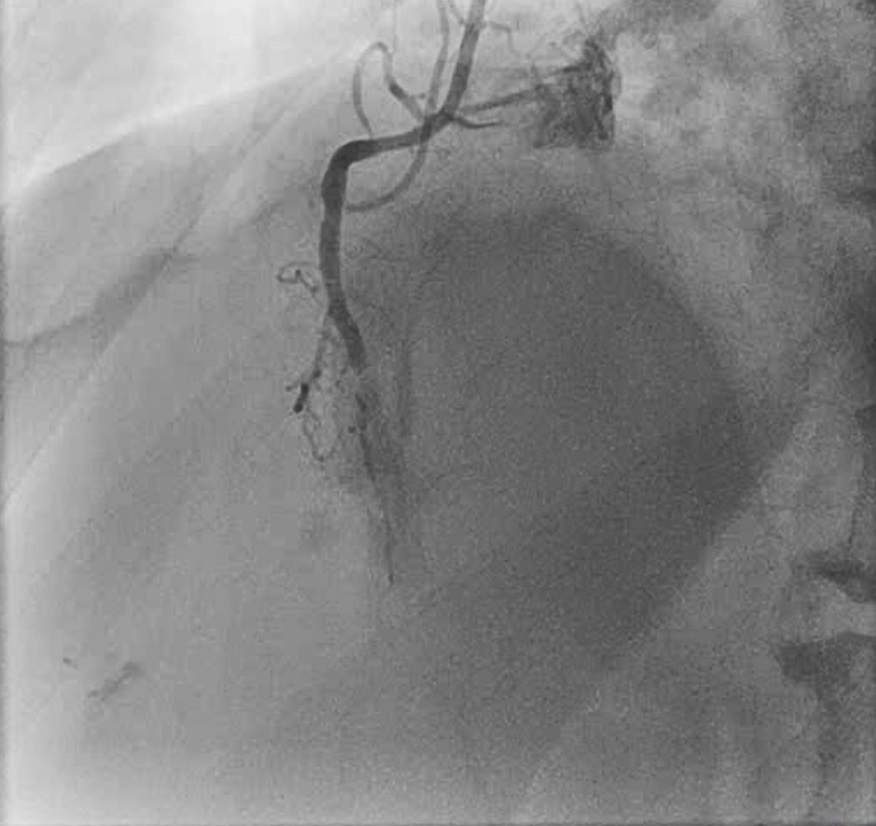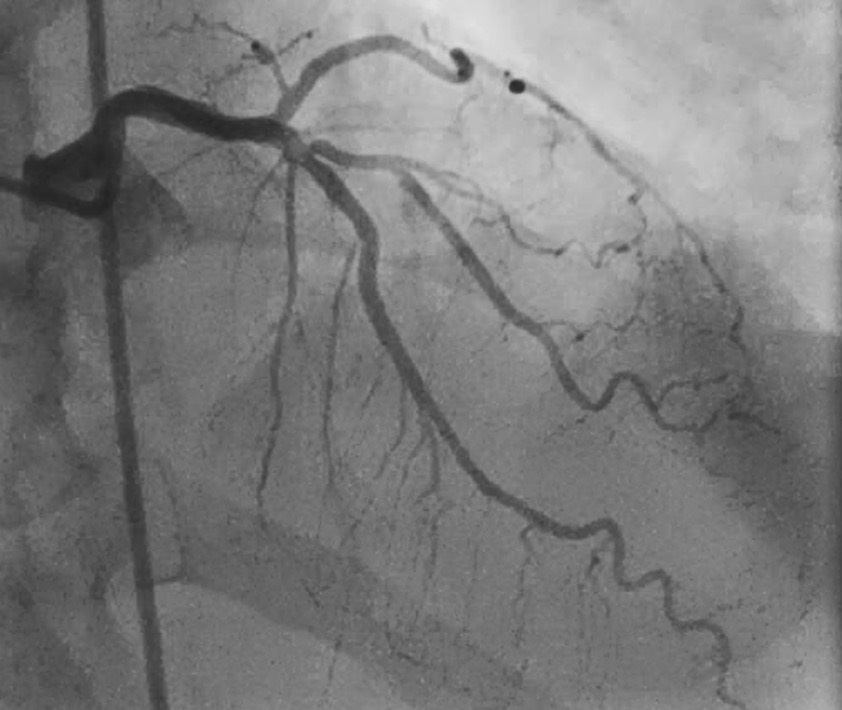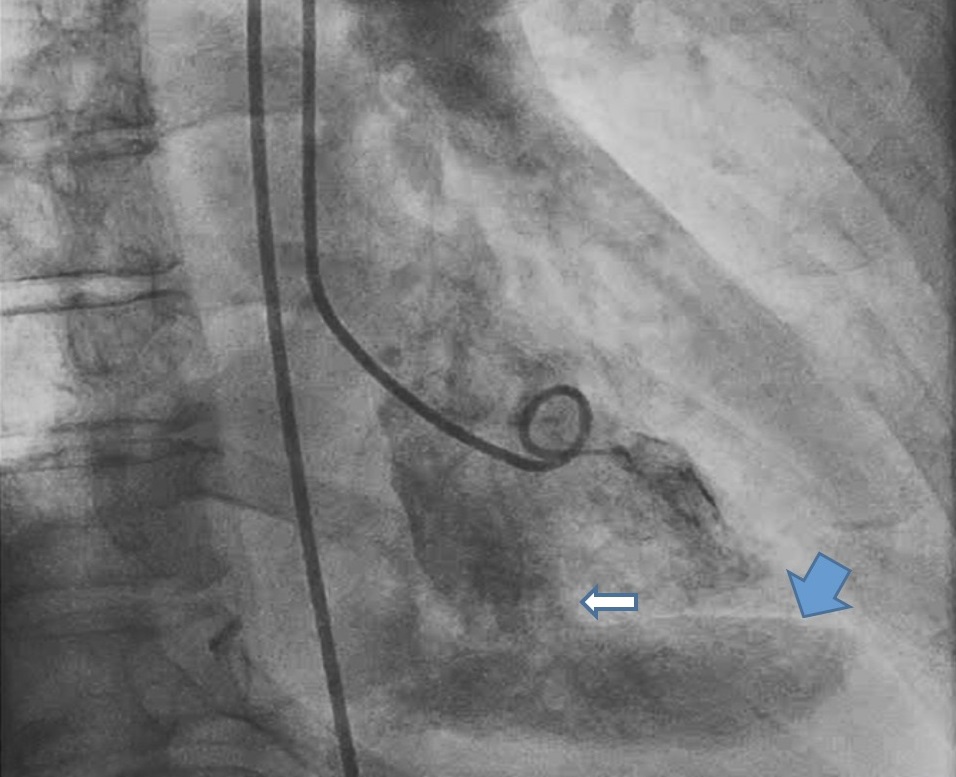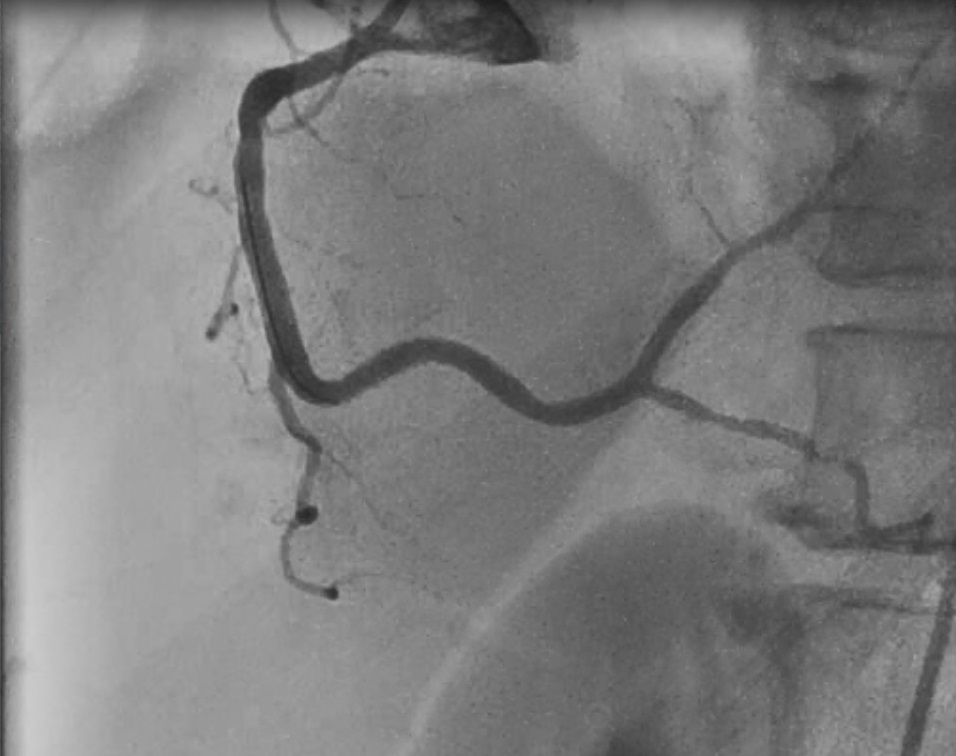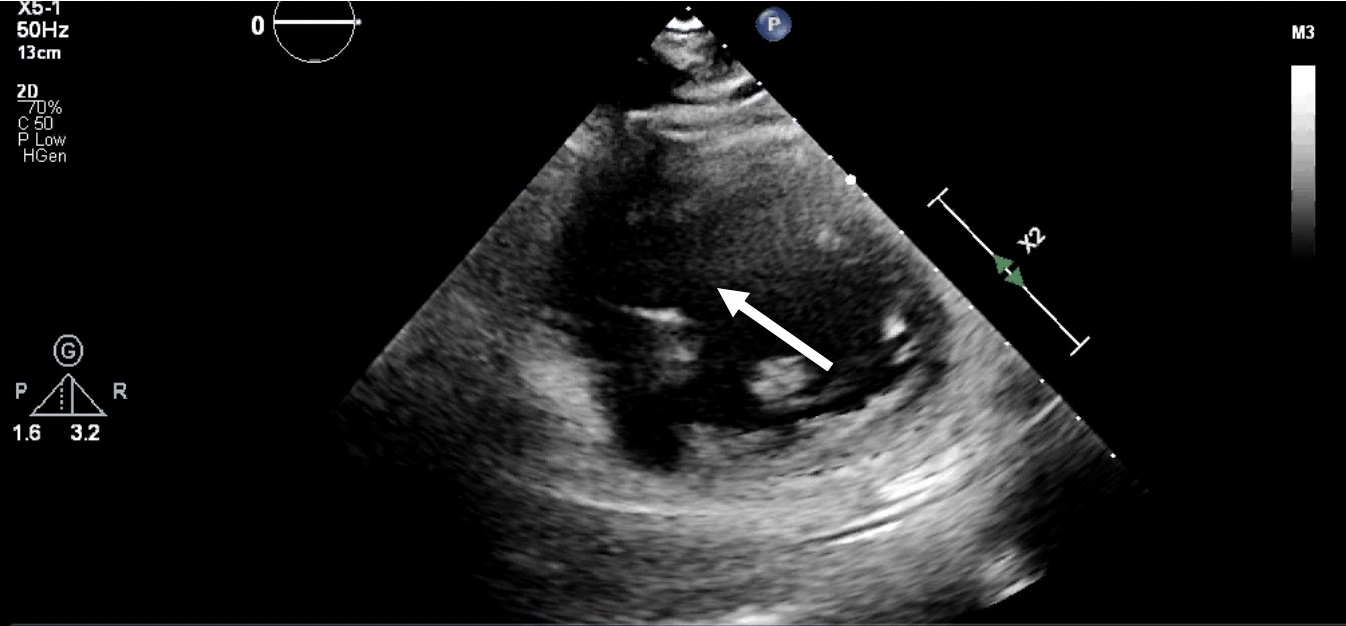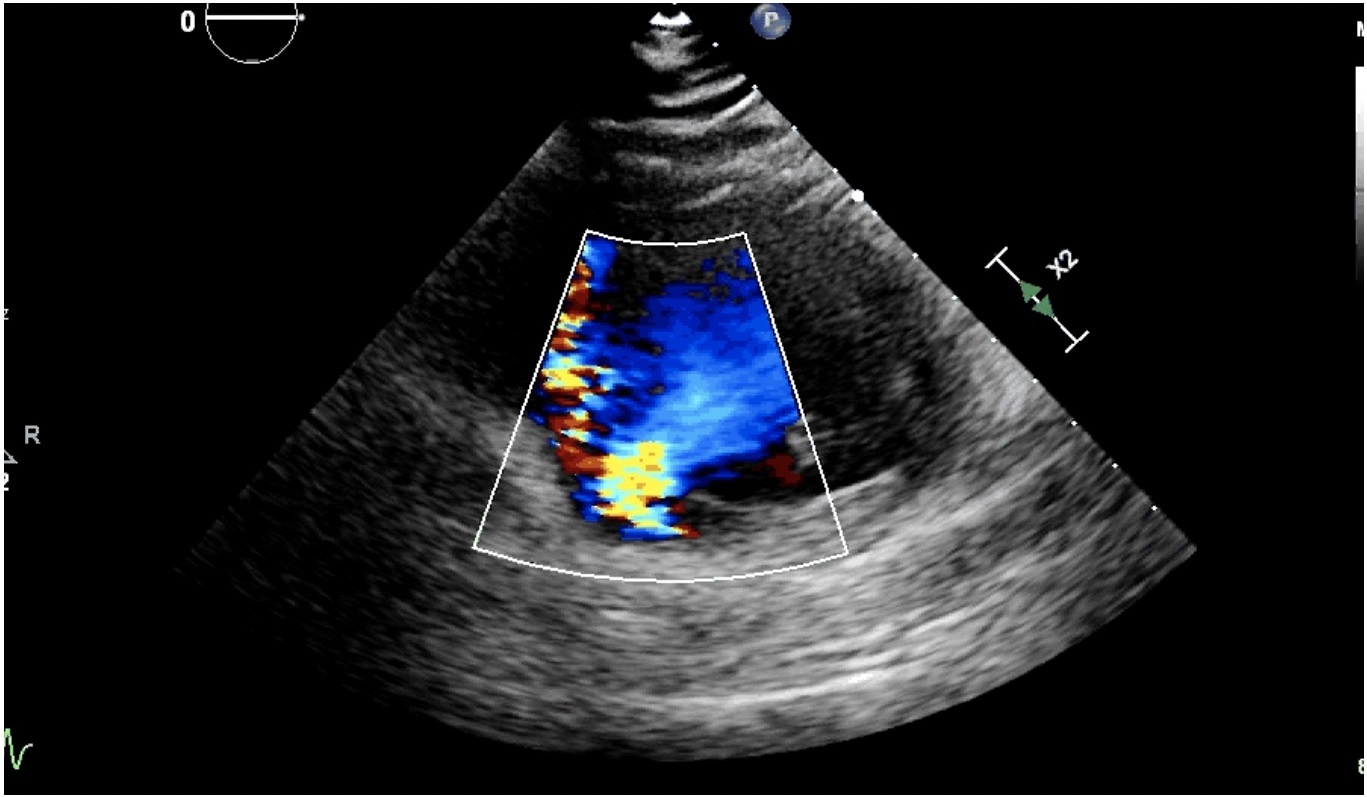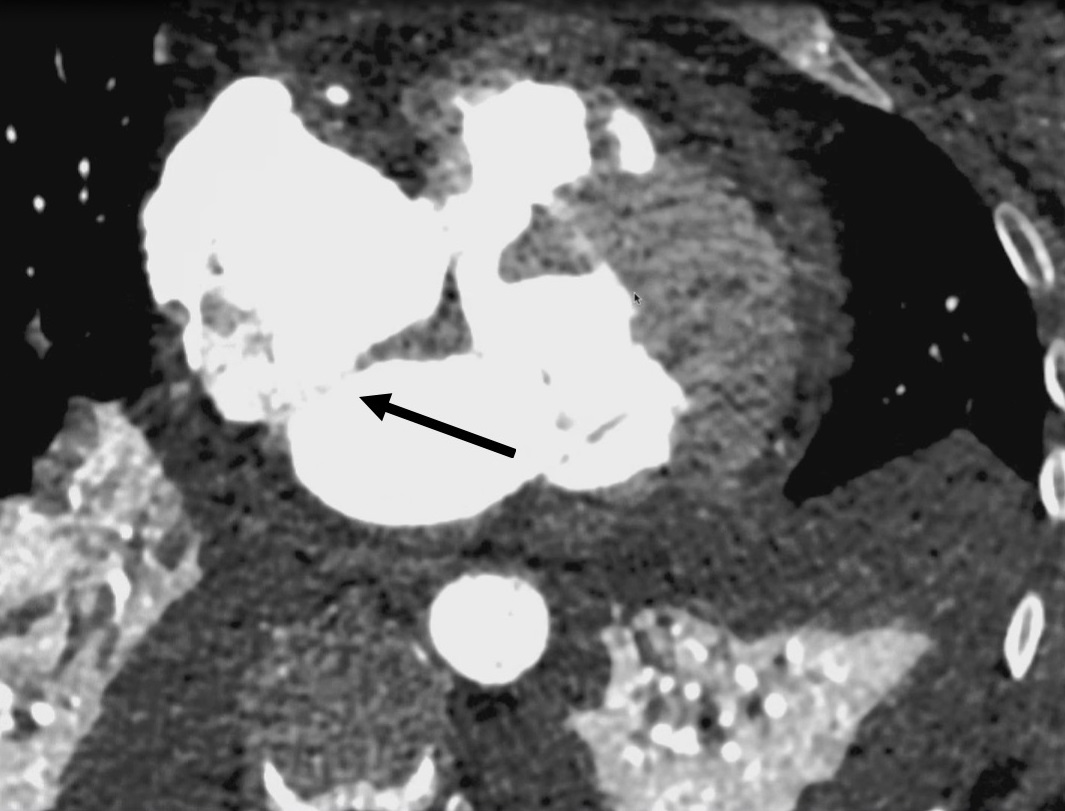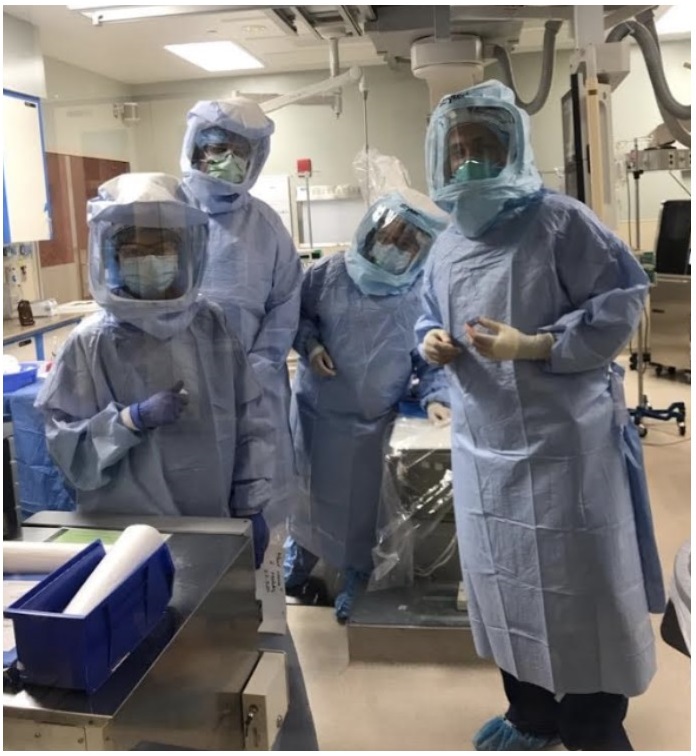Delayed STEMI Presentation During the COVID-19 Pandemic
Editor's Note: The coronavirus disease 19 (COVID-19) pandemic has created many complex challenges for cardiologists. The case that follows is an example of special circumstances that may be encountered. This case illustrates the problems created by a delayed presentation—a recurrent theme during the pandemic—that produced complications related to myocardial disruption and caused a septal rupture. This is a very instructive case.
Quick Takes
- COVID-19 may contribute to delayed presentations of acute myocardial infarction.
- Delayed presentations may be enhanced by atypical symptoms, which are more common in women who tend to have less-definitive symptoms.
- Delayed presentation with late reperfusion is often associated with an increased risk of myocardial disruption including free wall rupture, ventricular septal defect (VSD), and acute papillary muscle tearing. These severe mechanical complications carry a high mortality.
Case Presentation
A 64-year-old female patient has a medical history notable for a 40-pack year history of tobacco use; the patient quit 5 months prior to admission with mild chronic obstructive pulmonary disease but no other medical problems. She presented to the emergency department with acute chest pain and shortness of breath that began that morning. On review of the patient's symptoms, later corroborated by her husband, she noted muscle and back aches beginning 5 days prior to admission after a day of vigorous gardening. Three days prior to admission, the patient had persistent muscle and back pain as well as fatigue and low-grade fever (99.4°F). Her primary care physician performed a nasal swab COVID-19 test (reverse transcriptase assay). She denied chest pressure or pain at that time and noted only her persistent back pain, which retrospectively was an anginal equivalent. On the morning of arrival to the emergency department, the patient awoke with chest pressure, continued back pain, shortness of breath, and orthopnea.
Upon arrival to the emergency department, her electrocardiogram (ECG) was consistent with inferolateral ST-segment elevation myocardial infarction (STEMI) with reciprocal changes in I and aVL (Figure 1). Her exam was notable for sinus tachycardia, blood pressure in the 80s/50s saturating 99% on room air. She was diaphoretic and uncomfortable with elevated jugular venous pressure. Cardiac exam revealed a 3/6 systolic murmur loudest at the left lower sternal border. Lung auscultation was pertinent for bibasilar crackles. A stat echocardiogram showed no mitral regurgitation, no clear ventricular septal rupture, and inferior, inferoseptal, inferolateral, and proximal-mid anteroseptal wall hypokinesis.
Figure 1
The patient underwent an emergent heart catheterization. The coronary angiogram was notable for an occluded mid right coronary artery (RCA) (Figure 2) with non-obstructive disease in the left coronary system (Figure 3) and faint left to right collaterals. The left ventricular (LV) end diastolic pressure was 34 mmHg. Given a high index of suspicion for VSD, a hand-injection left ventriculogram was performed, and opacification of the right ventricle (RV) was evident (Figure 4).
Figure 2
Figure 3
Figure 4
Given persistent chest pain and cardiogenic shock, primary percutaneous coronary intervention was performed. The lesion was easily crossed, and aspiration thrombectomy was performed with a large amount of red thrombus aspirated. The patient developed worsening hypotension into the 70s systolic, requiring urgent contralateral femoral access and placement of a 40 cc intra-aortic balloon pump. This stabilized her hemodynamics, allowing angioplasty with a 2.5/12 semi-compliant balloon. Using an intravascular ultrasound catheter for sizing, the lesion was stented with a 3.5/18 drug-eluting stent. Intravascular ultrasound evaluation noted proximal stent malapposition, and the proximal segment was post dilated with a 3.75/12 non-compliant balloon (Figure 5). A pulmonary artery catheter was then placed and revealed the following:
- Right atrium 22 mmHg (41% sat)
- RV 51/24 mmHg (73% sat c/w a step up and shunt)
- Pulmonary artery 49/20 mmHg (76% sat)
- Pulmonary capillary wedge pressure 26mmHg
- Inferior vena cava 41% sat
- Superior vena cava 37.2% sat
Cardiac output and index were calculated at Fick 1.6/0.9, thermodilution 2.3/1.4 consistent with biventricular pressure overload, low cardiac output, and RV failure. The cardiac power output was 0.26 (aortic pressure 113/38, mean arterial pressure 76).
Figure 5
The patient was then transferred to a nearby facility with onsite cardiac surgery. The patient remained hemodynamically stable off vasopressor support for 4 days. She underwent repeat echocardiography that visualized the ventricular septal rupture (Figures 6-7). Cardiac computed tomography angiography visualized the VSD in the basilar inferior septum of the LV (Figure 8). On day 4 post-catheterization, the patient underwent surgical patch repair as well as papillary muscle and chordal repair. Given significant hemodynamic instability, the patient was placed on extra corporeal membrane oxygenation support with Impella 2.5 (Abiomed; Danvers, MA). The patient had post-operative bleeding requiring reoperation, but due to biventricular pump failure, she ultimately expired.
Figure 6
Figure 7
Figure 8
Discussion
This case shows the increased complexity of managing acute myocardial infarctions during the COVID-19 pandemic. First, recognition of symptoms, which may be challenging in female patients due to atypical presentations, can be even more difficult due to significant symptom overlap with COVID-19 complaints. Secondly, inherent delays1 in a possible COVID-19 patient, or person of interest, slows emergency department activation of the STEMI team. Also, standardized personal protective equipment (PPE) precautions are established for all members of the team (Figure 9), regardless of pending COVID-19 testing. Donning the PPE leads to additive, but necessary, delays to emergent care. Finally, patients with non-classical myocardial infarction symptoms, like back pain, are less likely to present to an emergency department for fear of being exposed to severe acute respiratory syndrome-related coronavirus-2 in the emergency department of the hospital. Lastly, the delayed presentation increases the probability of mechanical ventricular complications, as demonstrated in this case.2
Figure 9
References
- Baldi E, Sechi GM, Mare C, et al. Out-of-Hospital Cardiac Arrest During the Covid-19 Outbreak in Italy. N Engl J Med 2020;Apr 29:[Epub ahead of print].
- Anderson JL, Morrow DA. Acute Myocardial Infarction. N Engl J Med 2017;376:2053-64.
Clinical Topics: Arrhythmias and Clinical EP, COVID-19 Hub, Heart Failure and Cardiomyopathies, Invasive Cardiovascular Angiography and Intervention, Noninvasive Imaging, Stable Ischemic Heart Disease, Vascular Medicine, Atrial Fibrillation/Supraventricular Arrhythmias, Acute Heart Failure, Interventions and Imaging, Interventions and Vascular Medicine, Angiography, Nuclear Imaging, Chronic Angina
Keywords: Coronary Angiography, ST Elevation Myocardial Infarction, Ventricular Septal Rupture, Shock, Cardiogenic, Tachycardia, Sinus, Blood Pressure, Papillary Muscles, Systolic Murmurs, Drug-Eluting Stents, Coronary Vessels, Heart Ventricles, Retrospective Studies, Respiratory Sounds, Physicians, Primary Care, COVID-19, Ventricular Septal Rupture, Coronavirus, Coronavirus Infections, severe acute respiratory syndrome coronavirus 2, Arterial Pressure, Vena Cava, Superior, Cardiac Output, Low, Thermodilution, SARS Virus, Pulmonary Wedge Pressure, Vena Cava, Inferior, Pulmonary Artery
< Back to Listings

